After Trying Apple's AirTag I Can See Why Tile Is Furious
Usually, misplacing something with the Apple logo is a cause for horror, but with an AirTag attached to them I'm almost looking forward to losing my keys. Apple's long-anticipated trackers are here at $29 a pop; I'll have a full AirTag review soon, but I couldn't help but share some of my first impressions about what's arguably Apple's most interesting product in a while. Little on the Apple Store shelves, after all, packs so much into such a small device, layering ease of use on top of technological complexity.
It's hard not to see why Tile would be frustrated, in fact. AirTag setup is so elegant, and the way Precision Finding works so intuitive, Apple's little trackers easily leapfrog third-party rivals to the top of the pile for usability. Just like AirPods pretty much instantly became the wireless earbuds of choice for iPhone owners thanks to their convenience and simplicity, it's tough to imagine AirTags not following the same trajectory.
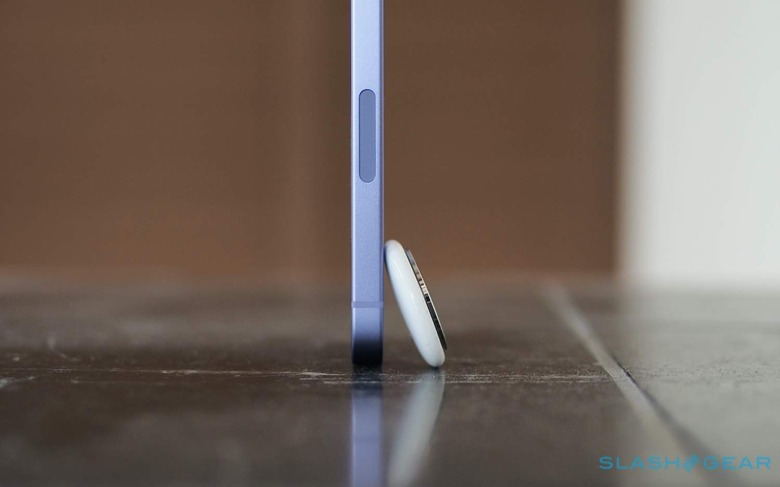
The AirPods comparison is a pointed one, of course. Part of that smooth experience is Apple's notorious attention to detail, sure, but part is also the tight, low-level integrations AirTag gets to enjoy with iPhone software and hardware.
The U1 chipset in both phone and tracker doesn't just deliver Bluetooth and Ultra Wideband connectivity, but also unlocks the incredibly simple pairing process. Pulling off the protective plastic from your AirTag also pops out the battery tab, and so as soon as you bring the tracker near your iPhone or iPad you get the familiar "Connect" dialog. From there you can name it, and then Apple walks you straight into the Find My app.
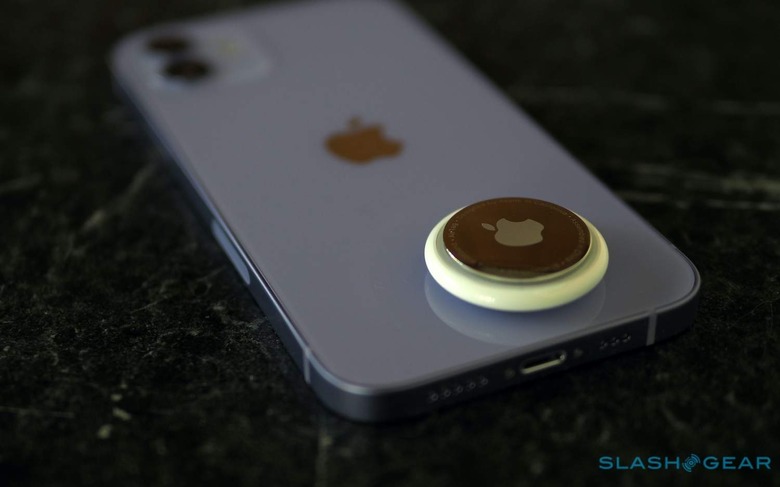
Pairing third-party trackers, meanwhile, typically requires running through Bluetooth connections and waiting – sometimes for bizarrely long periods – for the code for your new device to show up in Apple's menu. It's not the very worst experience, as anybody who was around for the early days of Bluetooth headsets and cellphone pairing will recognize, but neither does it have the reassuring silkiness which makes clear you're within the Apple ecosystem.
The same goes for the Find My functionality itself. Being able to not only see a rough location and distance from your tracker, but get directional guidance to where it physically is, is another-level convenience. I can see kids getting excited at the idea of an AirTag treasure hunt, too: all Apple needs is a pirate-style map option and it could have the perfect game on its hands.
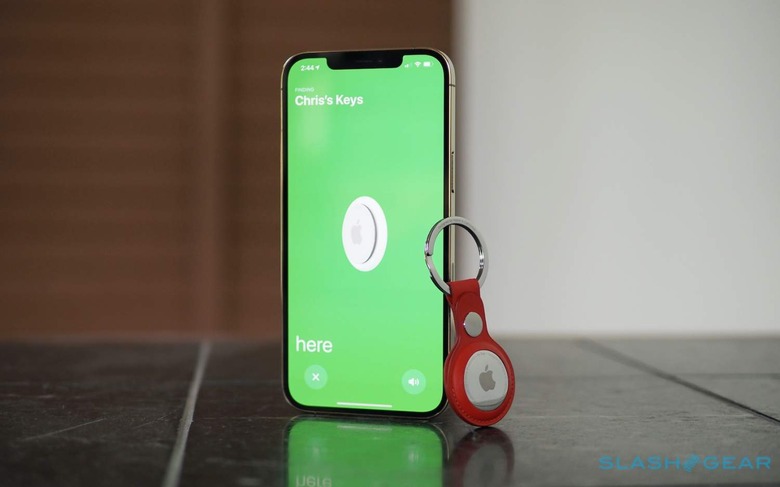
To deliver the same, companies like Tile would need a U1 chipset of their own, and right now that's not possible: Apple isn't licensing the chip out. What it is doing is working on a chipset specification for third-party Ultra Wideband support. In short, future products will be able to tap the same positional tracking as AirTags can today, but they'll need to be part of the MFi program in order to deliver that. Playing by Apple's rules gets you access to iPhone users, but it's fair to say they don't have the best reputation for flexibility.
There are some elements of Apple's AirTag I'm still scratching my head over. The circular design is clean and suitably minimalistic, yes, but the absence of a hole or loop feels like form leading ahead of function, not to mention guiding you straight into shopping for AirTag accessories like keychains. They can end up costing the same – or more – than the tracker itself. I wish there was a way to make your iPhone ring from the AirTag, too, rather than just the other way around.
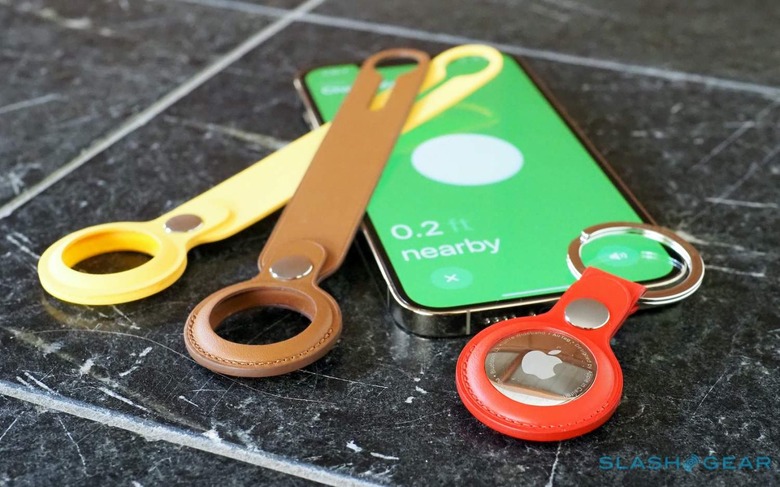
Apple's privacy-minded architecture for the whole location platform seems comprehensive, meanwhile, though the tight iPhone integration does leave some Android blind spots. I'm not surprised that you can't pair an AirTag with an Android phone, but it's also worth noting that Android users won't get the same warning if someone else's tracker has been put in their pocket or bag. Instead there'll be a warning sound later on, but it's possible that you could surreptitiously track someone's location like that until the audible giveaway.
Similarly, with an AirTag in "lost mode" you'll get a notification if it comes near another Apple device through the Find My network. If someone finds your AirTag, and taps it to their iOS device or NFC-equipped Android, they can be taken to a webpage which optionally shows your contact details. There's no way of knowing if someone actually views that page, however – Apple won't alert you – so you're reliant on the honest reaction of whoever stumbles across your lost item.
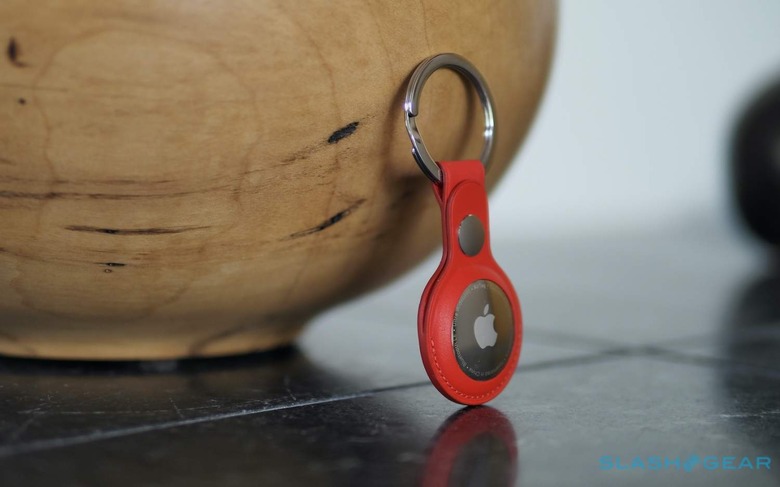
All the same, it's hard not to be impressed with the AirTag experience overall. While I can understand the frustration being expressed by rivals in the tracker space, from a consumer perspective this is one of those categories where you really do want consistency and simplicity. The last thing you need, when you've lost your bag or keys and already feel stressed enough, is to suffer through a subpar finding process. If the AirTag end result is raising the game for trackers across the board, that's something every consumer user can probably get behind.
